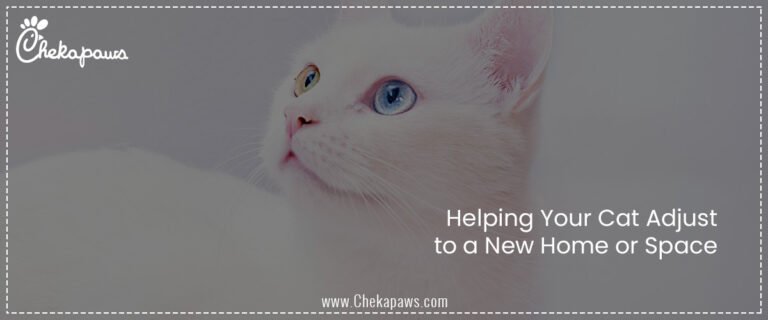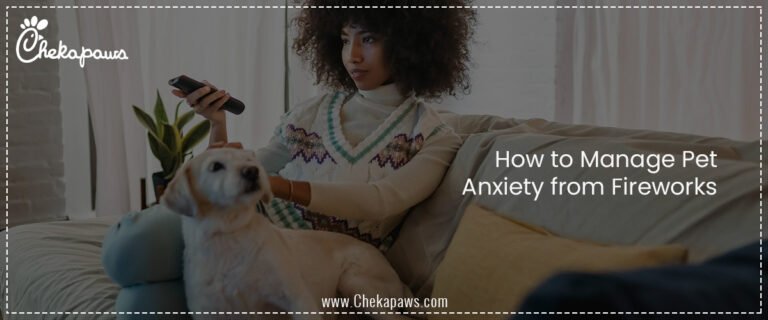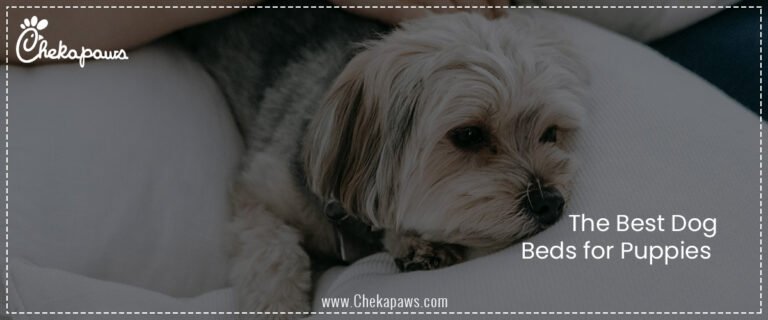As a pet parent, I am aware that giving your dog a bath at home can foster a closer attachment while also saving money. Even while expert dog groomers provide top-notch services, knowing how to give your dog a proper bath on your own guarantees consistent hygiene and fosters confidence. Everything you need to know about bathing your dog at home in a safe, stress-free, and efficient manner is covered in this blog.
Table of Contents

Understanding Your Dog’s Bathing Needs
Not every dog has to be bathed at the same frequency. Breed, coat type, way of life, and health issues are some of the factors that affect bathing schedules.
Types of Coats and How Often to Bathe
- Beagles and other short-haired dogs: Every two to three months, unless they are unclean.
- Breeds with two coats (like Golden Retrievers): Every four to six weeks.
- Poodles and other dogs with curly coats: Every three to four weeks.
- Chinese crested and other hairless breeds: Every week or every two weeks.
- A suitable bathing schedule for most indies is once 2 to 3 weeks. However, the specific frequency may depend on their coat type, activity level, and lifestyle.
Pre-Bath Preparation
The process runs more smoothly and safely if everything is prepared in advance.
- Prior to bathing, be sure you brush your dog to get rid of any loose hair or tangles.
- Assemble all of the bathroom items.
- Select a suitable location for taking a bath.
- Wear clothing that you can tolerate getting wet.
- Get the drying equipment and towels ready.
- The ideal water temperature to test is lukewarm.
Your dog will be more at ease in a quiet setting free from distractions or loud noises.
Choosing the Ideal Bathing Spot
One of the following options may be appropriate for your dog, depending on its size and temperament.
- Small dogs: Portable dog bath, laundry tub, or kitchen sink.
- Utility sink, walk-in shower or bathtub for medium dogs.
- Large dogs: a walk-in shower, an outdoor dog wash station, or a backyard with a bathing mat and hose.
To avoid slipping and getting hurt, use non-slip mats.
Essential Tools and Supplies
Here are the DIY dog bathing must-haves
Bathing Tools
- Dog-safe shampoo and conditioner
- Detangling brush or comb
- Towels (microfiber preferred)
- Bath mat or non-slip pad
- Cup or handheld sprayer
- Ear protection (cotton balls)
- Washcloth or sponge for face
- Nail trimmers (optional)
- Dog dryer or blow dryer (cool/warm setting)
Human shampoos can alter the pH of your dog’s skin, so stay away from using them.
Step-by-Step Bathing Process
A clear bathing technique guarantees complete cleanliness without causing your pet any worry.
First Step: Cleaning
Before taking a bath, clear away any mats or tangles.
Step 2: Before Rinsing
Use lukewarm water to thoroughly moisten your dog’s coat. Steer clear of the ears and eyes.
Step 3: Shampooing
Starting from the neck and working your way down to the tail, apply dog shampoo. Focus on the paws, tummy, and back to achieve a good lather.
Step 4: Clean and Massage
To make sure the shampoo gets to your dog’s skin, give them a gentle massage.
Step 5: Give it a good rinse
Skin irritation might result from leftover shampoo. Rinse the water until it flows clear.
Conditioning is the sixth step (optional).
Rinse after applying dog conditioner, if necessary.
Step 7. Drying Your Dog Properly
Drying Towels
To absorb moisture, use a microfiber towel. Pat, especially on long coats, avoid rubbing.
Drying by Blow
On the lowest heat setting, use a dryer that is safe for pets. To stay away from hot places, keep moving.
Drying by Air
Only for dogs with short coats or in warm weather.
In cold weather, make sure your dog is dry before lettin
Grooming After the Bath
Use the clean coat for grooming when it has dried
- To smooth and untangle the coat, brush once more.
- If necessary, trim your nails.
- Use a veterinarian-approved ear cleaner to clean your ears.
- Use moist rags to wipe paws and eyes.
This is also an excellent opportunity to look for skin problems, parasites, or lumps.
Troubleshooting Common Bath-Time Issues
Fear and Anxiety
- Use soothing treats or toys.
- Gradually desensitise with dry runs.
- Put on some calming music.
Mats and Tangles
- Before bathing, apply a detangling spray.
- Trim badly matted fur instead of soaking it.
Water in Ears
- Use cotton balls to gently plug your ears.
- After a bath, carefully dry your ears.
Bathing Tips for Different Dog Breeds
Breeds with Short Hair
Dry quickly and pay attention to skin health.
Breeds with Long Hair
More brushing and detangling is required.
Dogs with two coats
To reach the undercoat, give it a thorough rinse.
Breeds with Flat Faces
Avoid splashing water on the face; instead, use a moist cloth.
Use shampoo that is safe for puppies.
Sessions should be brief and constructive.
Homemade Dog Shampoos & Rinses
Try these recipes if you like natural remedies
- One cup of mild liquid castile soap is needed to make a basic homemade dog shampoo.
- One cup of purified water
- One tablespoon of optional apple cider vinegar
- A few drops of dog-safe essential oil, such as chamomile or lavender
- To relieve itchy skin, make two cups of green tea or chamomile.
- After washing the shampoo, let it cool and then apply it to your dog.
- Ground oats (1 cup) for oatmeal shampoo
- Half a cup of baking soda
- One pint of warm water
- Avoid essential oils that are poisonous to dogs, such as citrus or tea tree oils.
Safety Tips and Hygiene Practices
- Your dog should never be left alone in the water.
- Steer clear of water in the nose, eyes, and ears.
- After that, sanitise the bathroom.
- Use cleaning supplies and towels made especially for dogs.
- To avoid bacterial accumulation, clean your brushes and sprayers on a regular basis.
Bathing Frequency Guidelines
Bathing too frequently can strip natural oils. Use this as a general guide:
| Dog Type | Frequency |
|---|---|
| Indoor-only, short coat | Every 1 month |
| Active/outdoor dog | Monthly |
| Dogs with skin conditions | As prescribed |
| Hairless breeds | Weekly |
Observe your dog’s skin and coat health and adjust accordingly.
Traveling or Outdoor Bath Options
Portable Bath Stations
- Collapsible tubs
- Grooming tables that are elevated
- Hose attachments for dog showers
On-the-Go Bathing
- Use dog wipes or rinse-free foamy cleansers.
- When camping, bring towels and no-rinse shampoo.
- When giving your dog a bath outside, make sure they don’t get cold.
Budget-Friendly DIY Bath Setups
Tips for At-Home Setup
- Make use of a kiddie pool or storage container.
- Invest in a cheap handheld shower sprayer.
Reuse and Repurpose
- Use old towels as dog towels
- Using a shower caddy to arrange materials
- Do-it-yourself drying station with a fan and crate
- If you shop wisely, you can keep a grooming station for less than $ 100.
When to Seek Professional Help
DIY baths are fantastic, however in certain situations, professional grooming is necessary
- Excessively matted hair
- Parasites or skin infections
- Dogs that are elderly or disabled
- Behaviour that is aggressive or nervous
- Big breeds without a home
For difficult cases, veterinarians and groomers have the necessary equipment and training.
Conclusion
With the right knowledge and equipment, DIY dog washing is completely possible. It provides you complete control over your dog’s grooming habits, maintains their cleanliness and health, and fosters trust with them. With the help of this tutorial, you can set up your home grooming station with confidence and give your dog a relaxing, enjoyable bathing experience.







